Take the Fear Out of Sewing with Knits
During some part of your early sewing experience, you were probably told that knit fabric can be a scary material to deal with. However, if you look inside your closet and drawers, the bulk of what we wear on a daily basis is made from some sort of stretch material―right down to our underwear. So, why don’t we sew with it more? Sewing with knit material, even without a serger, can be a fun and pleasant experience so long as you take your time and keep a few tips and tricks in mind.
Not all fabric is created equal. Those bargain $1/yard fabrics can be very tempting, but check for quality first. Look for material that has good “stretch and recovery”―if you pull on the fabric and it doesn’t “spring” back into shape, not only will it sew poorly, but you’ll probably be dissatisfied with the finished results. Prior to sewing, be sure to pre-wash and dry your fabric. Many knits can shrink substantially when washed (the only exception to this is 100% polyester fabrics, these do not typically need to be laundered beforehand). Taking this step will keep your finished garment fitting perfectly even after repeated washings.
Typically, universal sewing needles will work well with most knit fabrics. However, if you find that you’re having difficulty sewing the material (snagging, pulling of fabric) you can switch to a ballpoint needle (for loosely woven mesh and sweater knits) or a stretch or microtex needle for material with higher lycra content. Twin needles (needles that sew two rows of stitches simultaneously) are also useful for setting hems and giving the finished garment a ready-to-wear appearance.
Because knit fabrics stretch across your body, straight stitches will often break when the material is pulled tightly. Consequently, when using your standard sewing machine, it’s best to either use a stretch stitch that’s built into your machine or a narrow zigzag stitch – this allows the thread to move with the material, reducing the likelihood of popped stitches. It’s also important to “let the machine do all the work” and not pull on the material as you sew. Stretching the fabric during construction can make the finished garment become wider/larger than what is intended and can cause damage to your machine. Specialty feet are usually not necessary when sewing with knits. However, if you find that the particular fabric you’re working with is sewing unevenly (i.e. wavy seams or hems), try switching to a walking/even feed foot. This will keep the layers of fabric feeding evenly through the machine.
The best thing about working with knit fabrics is that a majority of them don’t ravel. Because of this, seam finishes aren’t necessary. To set hems, you can simply use a narrow zigzag stitch. For a more professional look, using a twin needle is recommended. Although, with the right garment and fabric you can get away without hemming at all (jersey fabrics will typically roll to the right side of the material)!
The most important thing about working with knits is to play with your fabric before you start sewing your garment. Test your needle, stitches, and hems. Keep a small swatch of your material and make notes as to what settings worked best with your machine. Doing this can help you to sew with similar fabrics in the future and speed up your sewing time because you already know how the fabric may behave.
What you might also like
5 comments on “Take the Fear Out of Sewing with Knits”
-
-
Jacqui Gering wrote a fantastic post for us about her walking foot. Here’s a link: https://weallsew.com/2012/06/11/meet-the-walking-foot-50/ Jo
-
-
Would you please address the issue whether knits should be prewashed or cut as is. I usually cut tops out by placing the selvedge edge next to the center line on both sides and cut laying the center fronts and backs along the fold lines. This also takes care of being grain issues. However, I never wash knits before cutting and now I see they are advocating to wash them. Never used to do that and made many successful tops for myself and kids. That was way back when. lol
-
Should read….this also takes care of being on grain issues.
-
My new Bernina 480 was a long awaited improvement over my sears Kenmore that was 50 years old. I am looking for advice about sewing lycra high low ballet skirts no hems necessary. Suggestions would be greatly appreciated. Microtex needle? How to finish seams?
Leave a Reply
You must be logged in to post a comment.
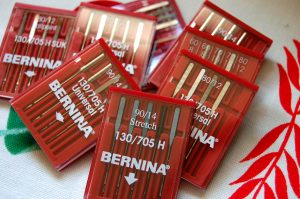
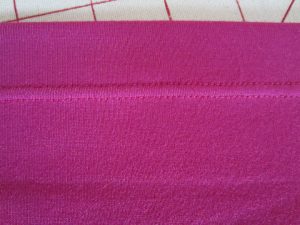




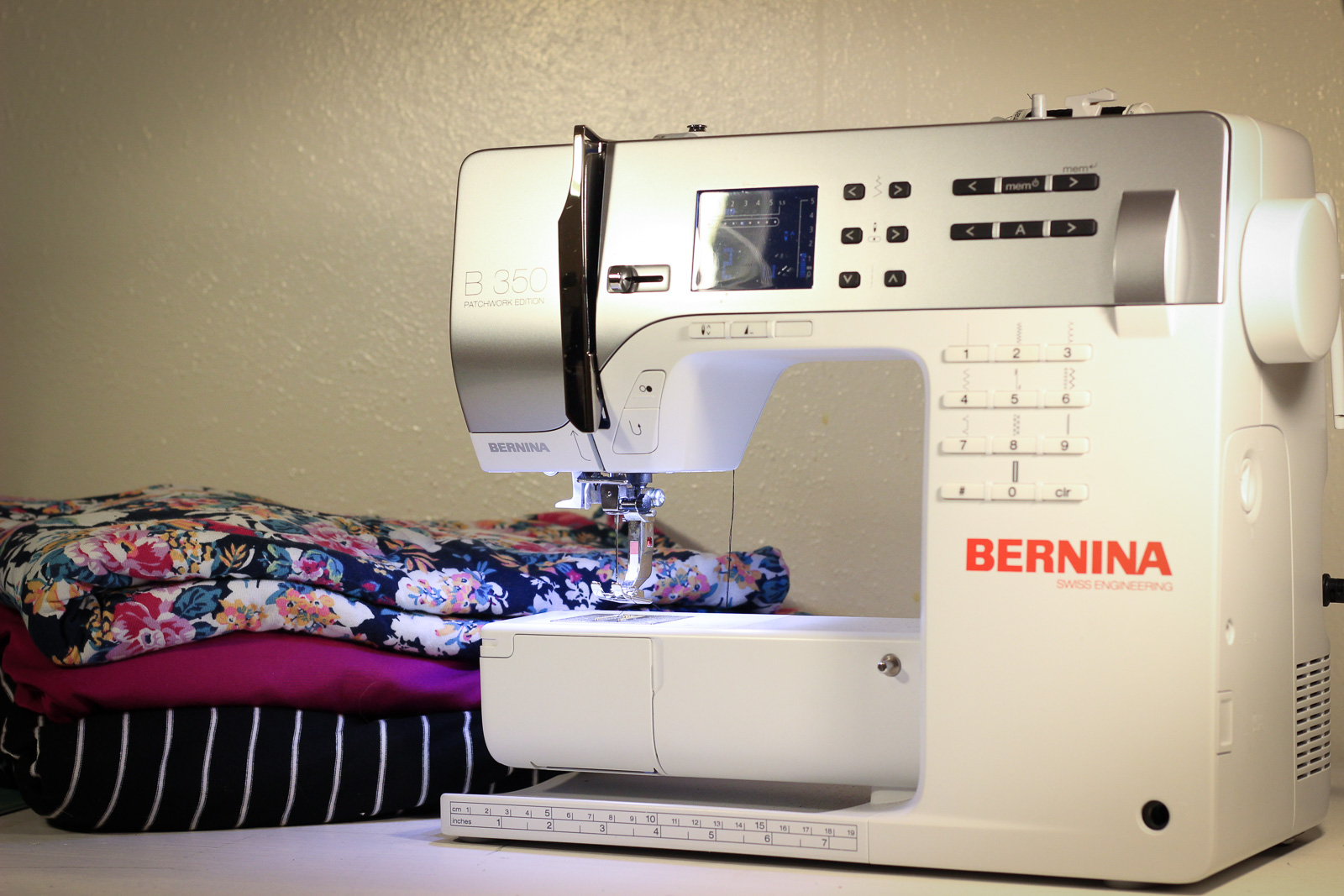
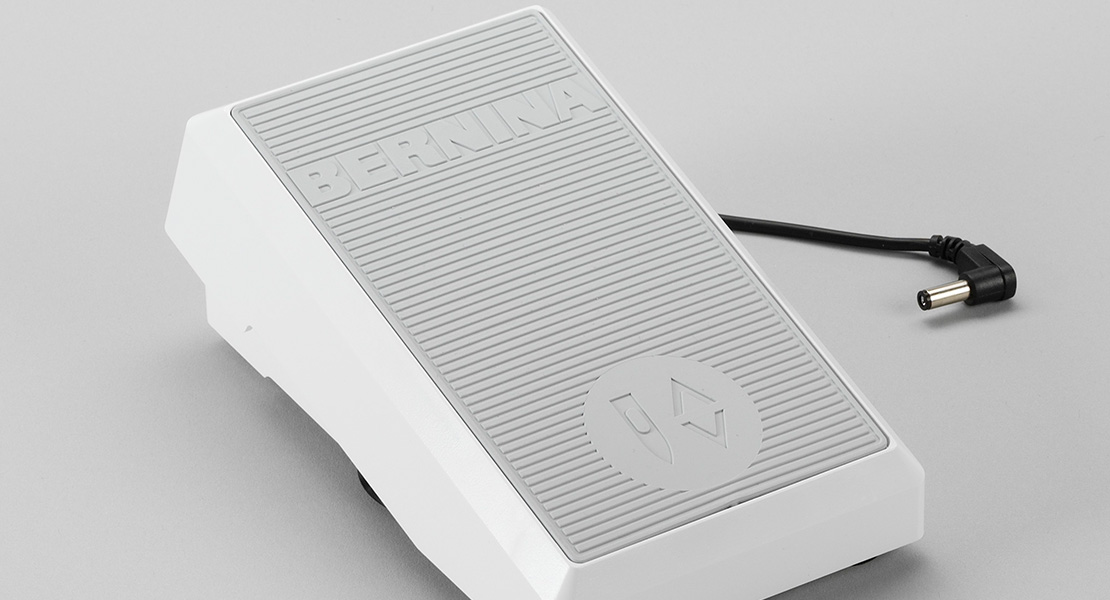
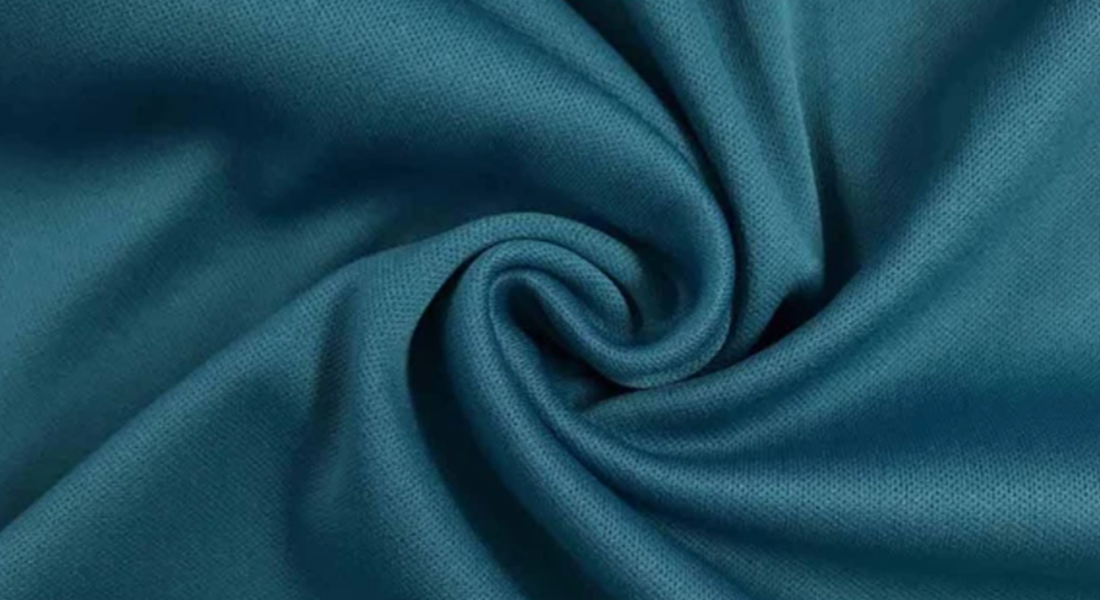
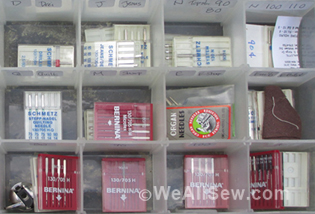
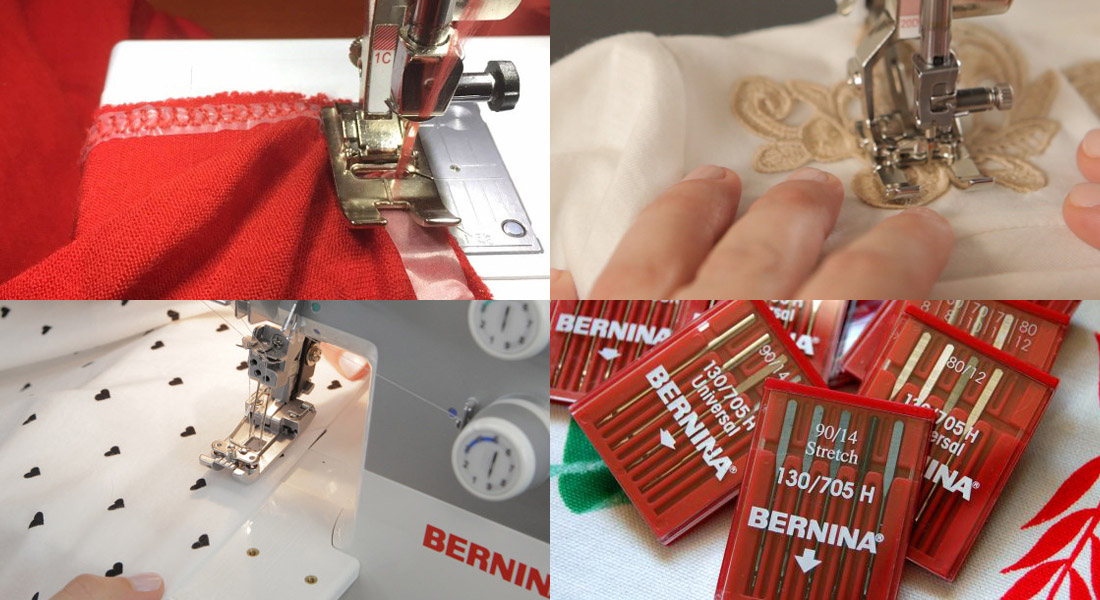
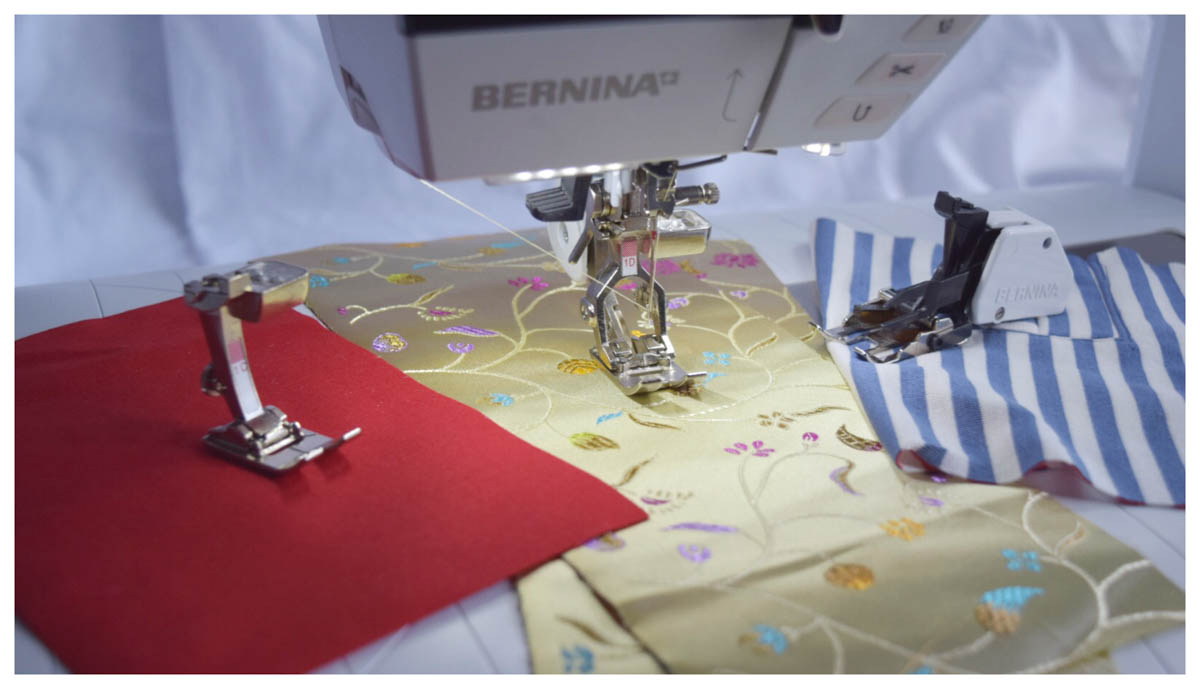
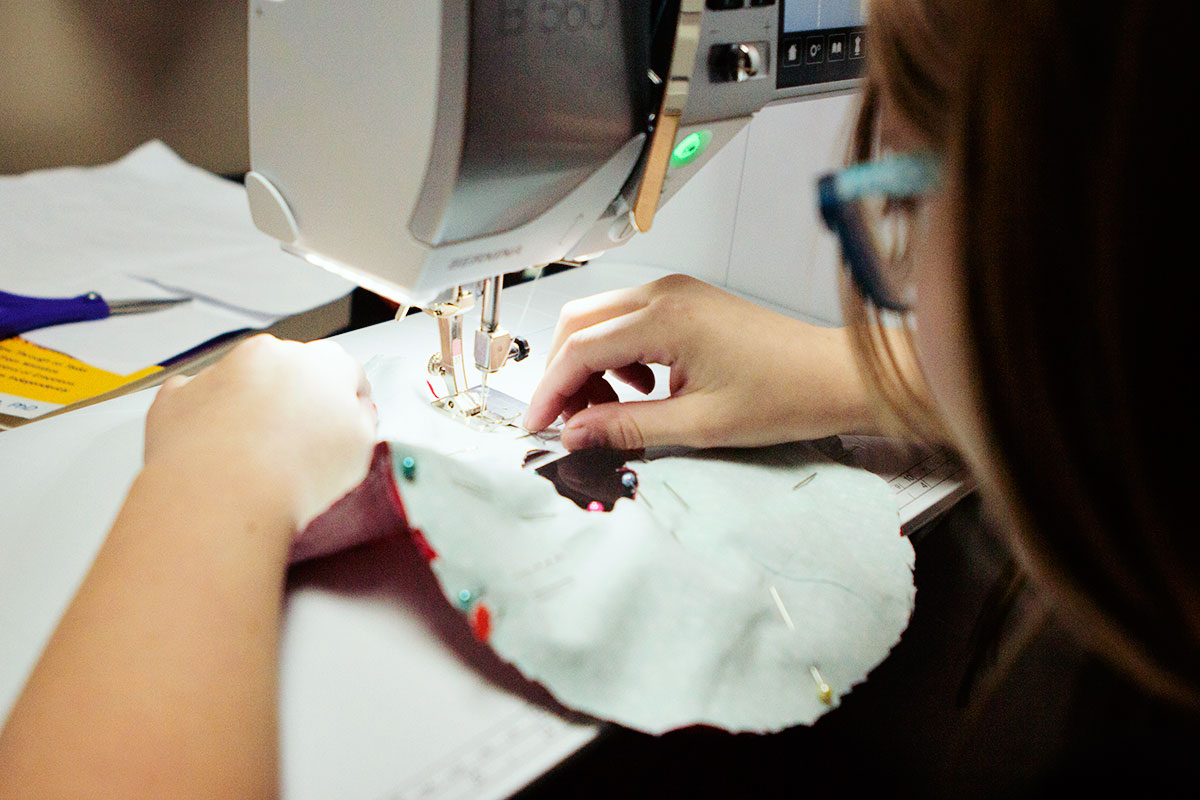
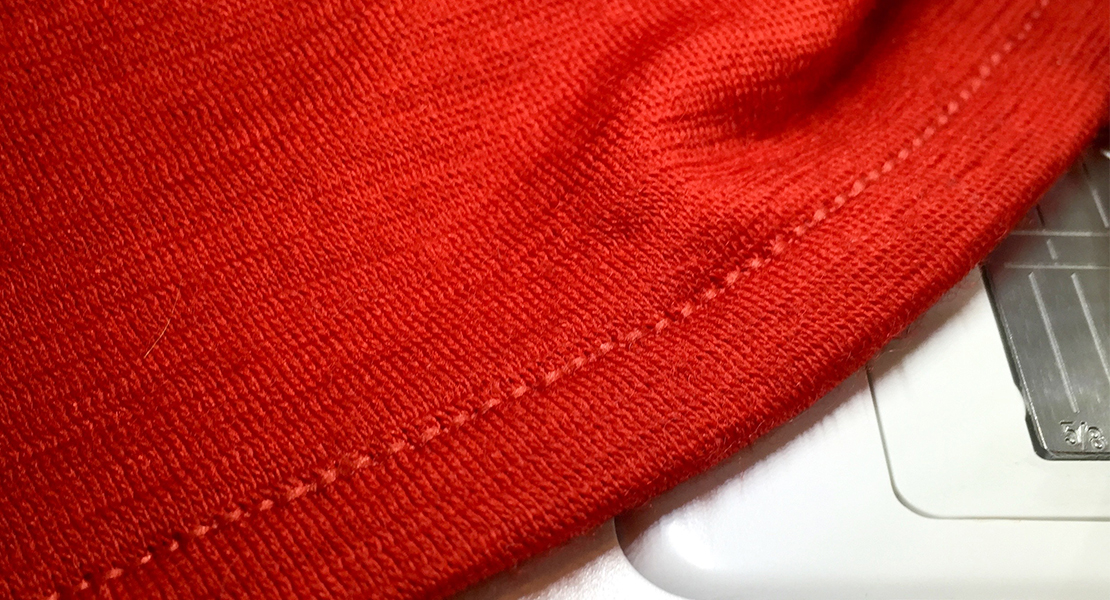
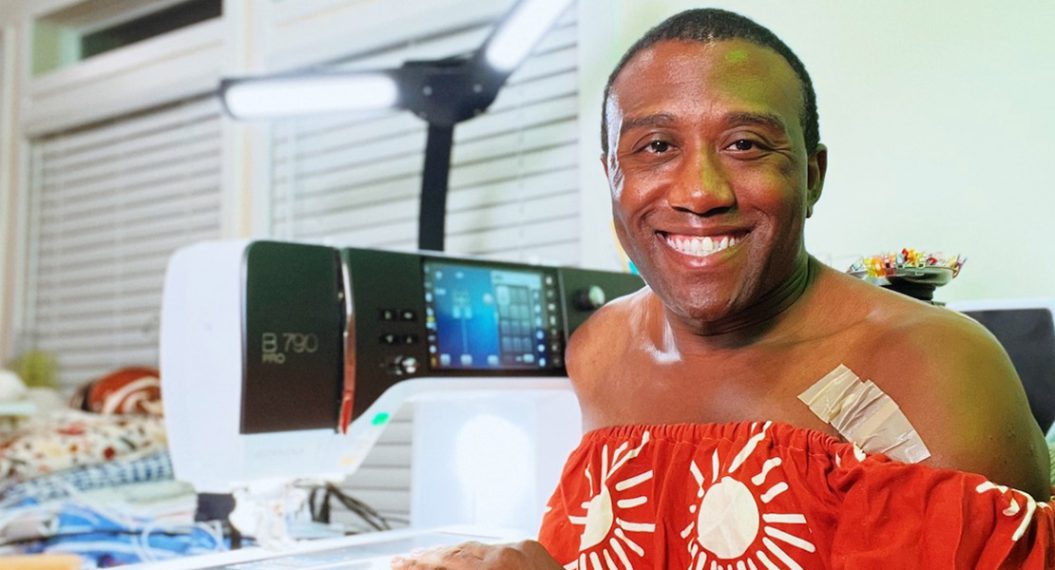
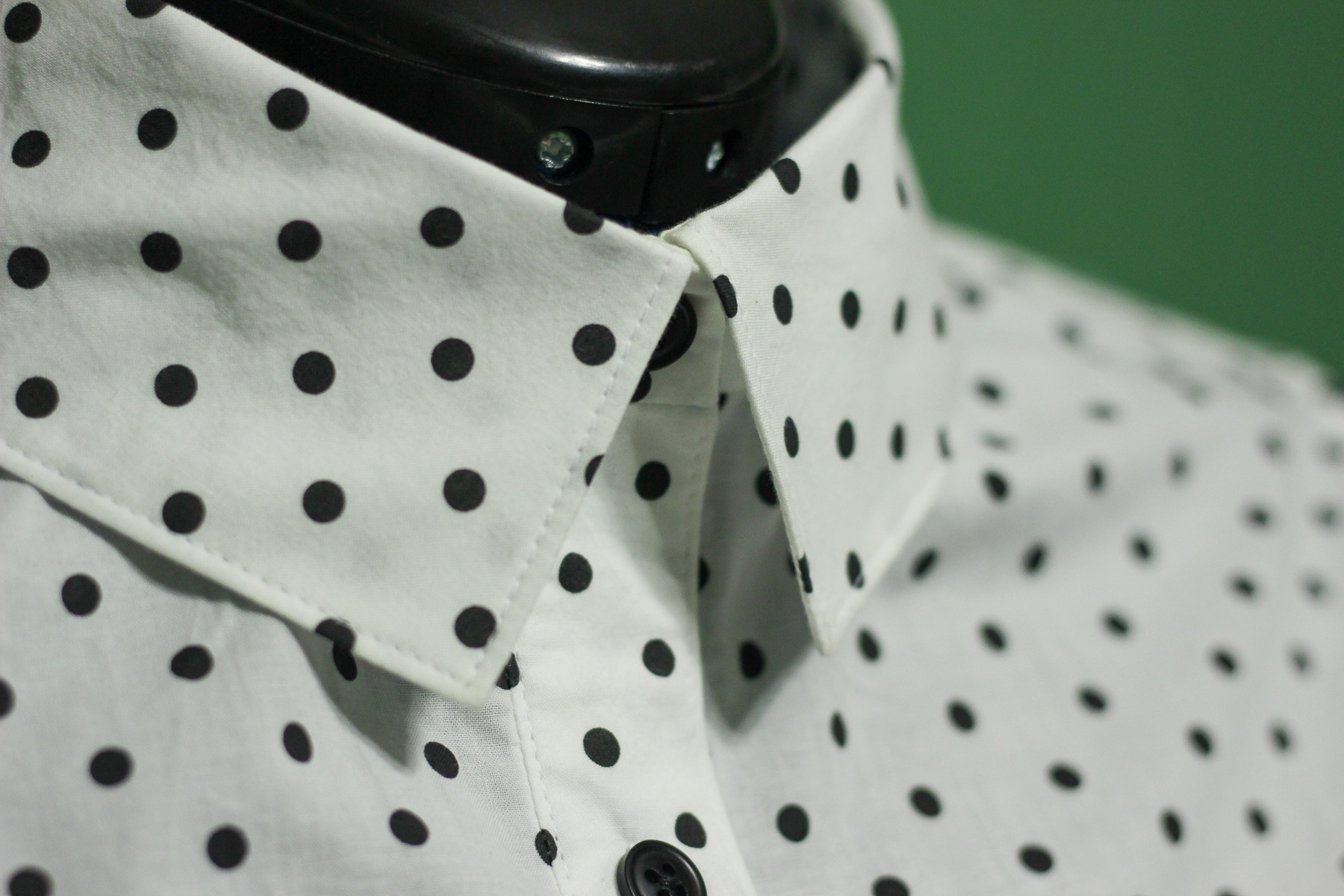
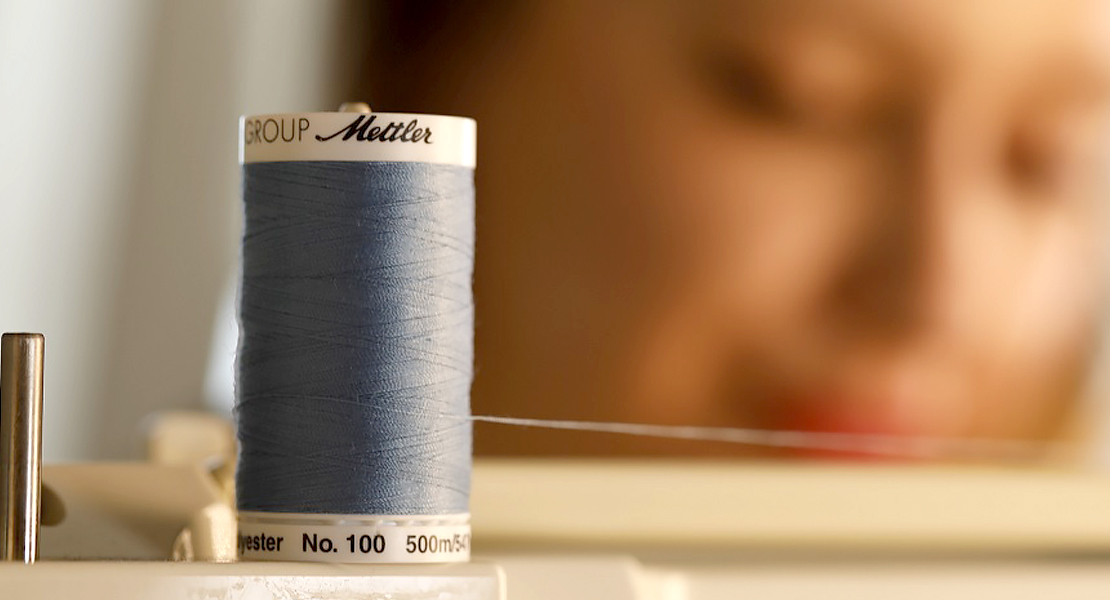
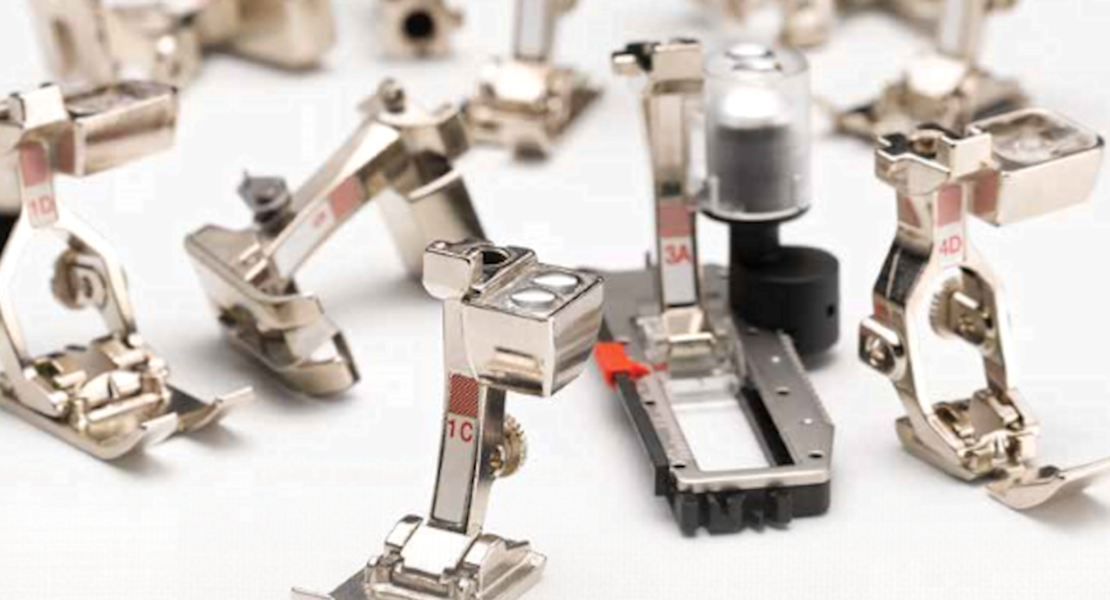
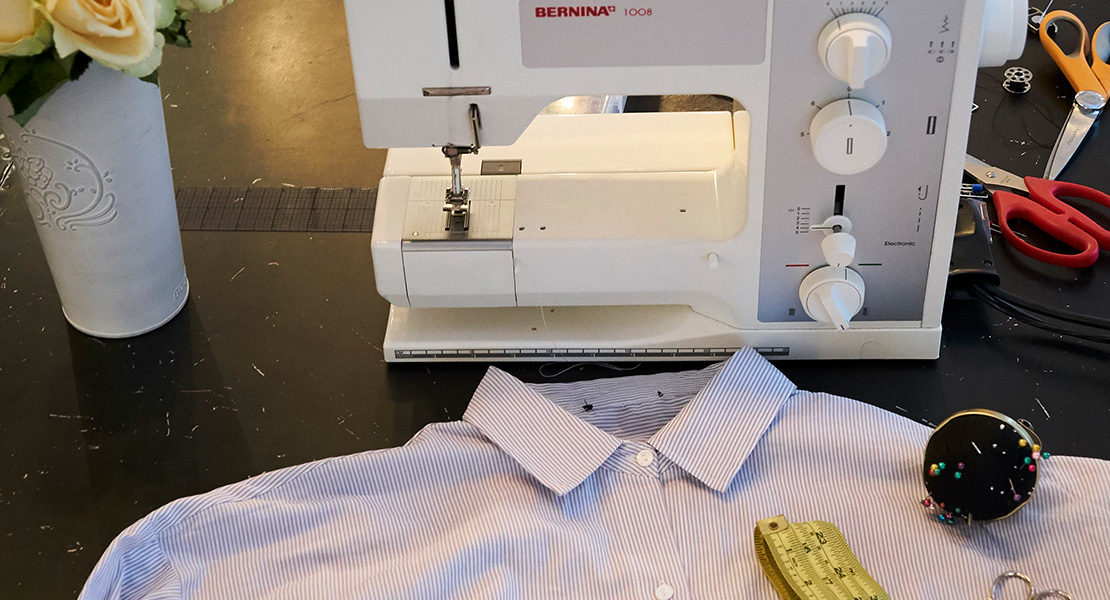
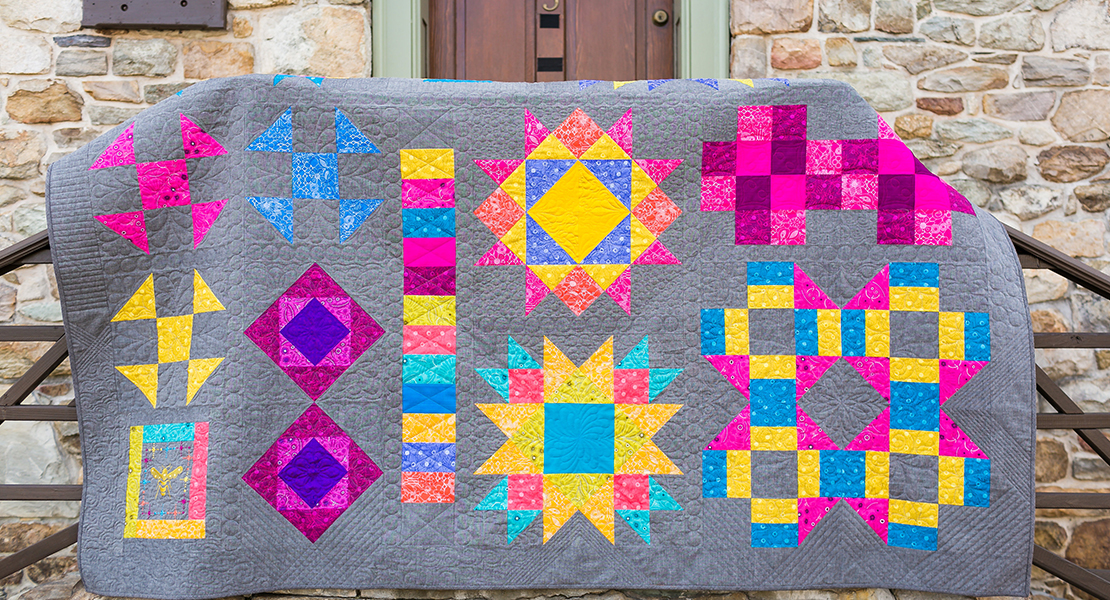

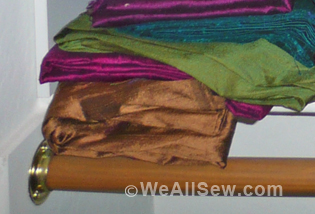
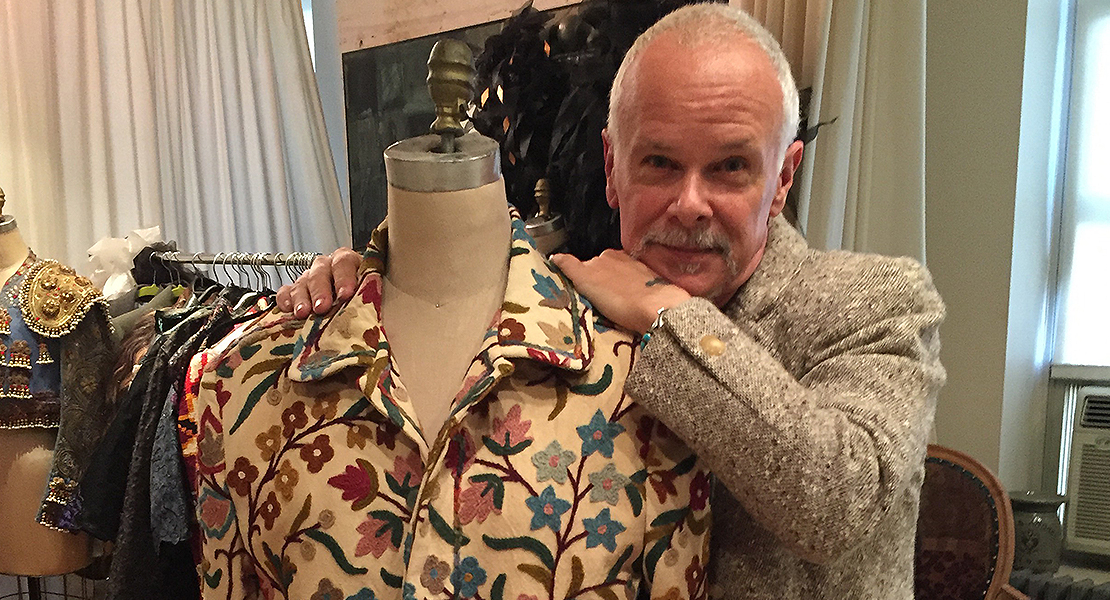

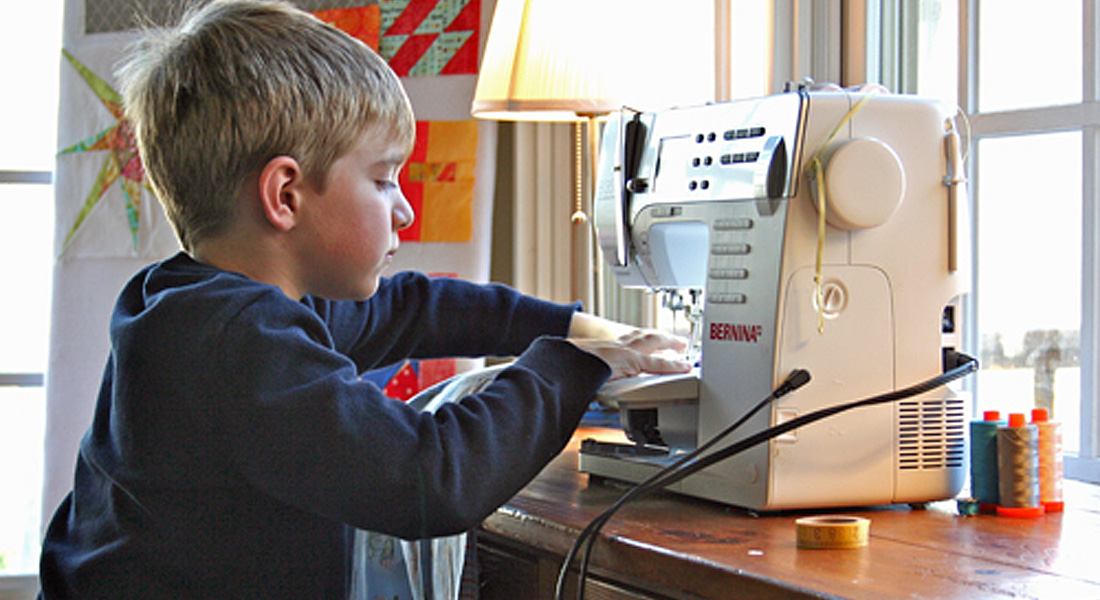
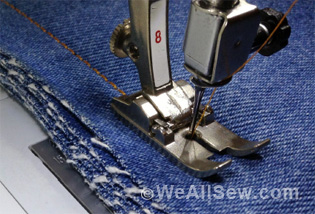
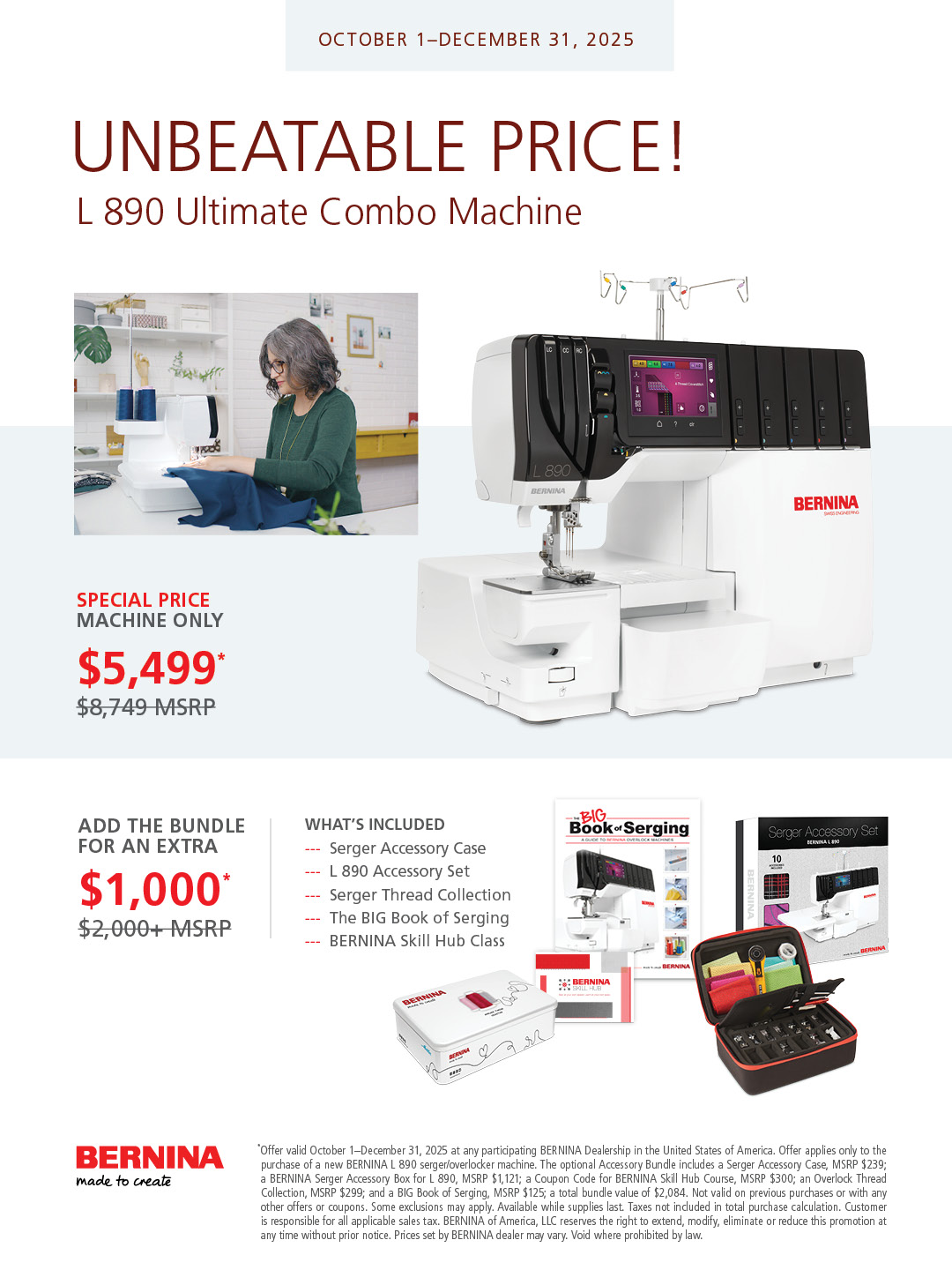
Can u please send me a picture of the walking foot. I don’t know what that is. Your info. Is the bomb. Thank u so much.